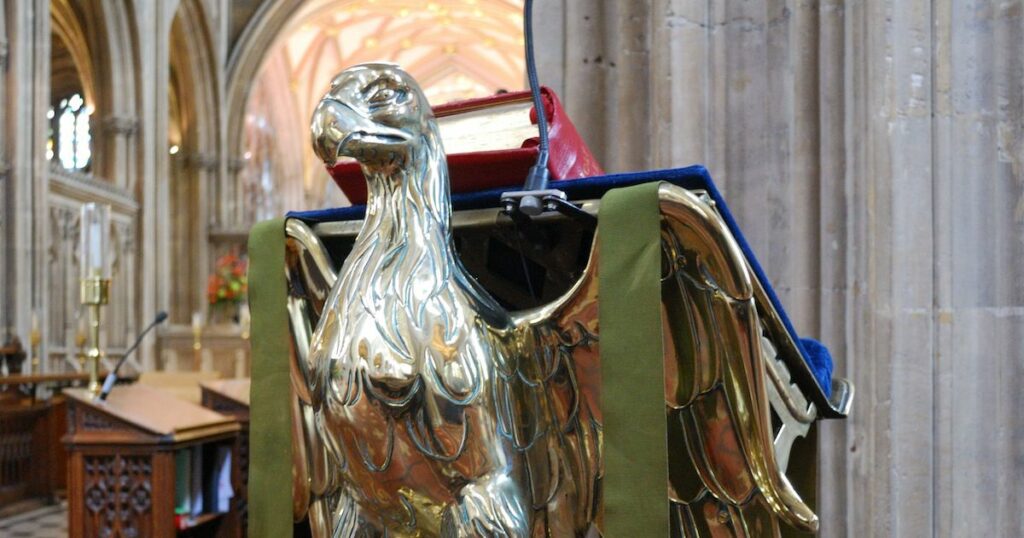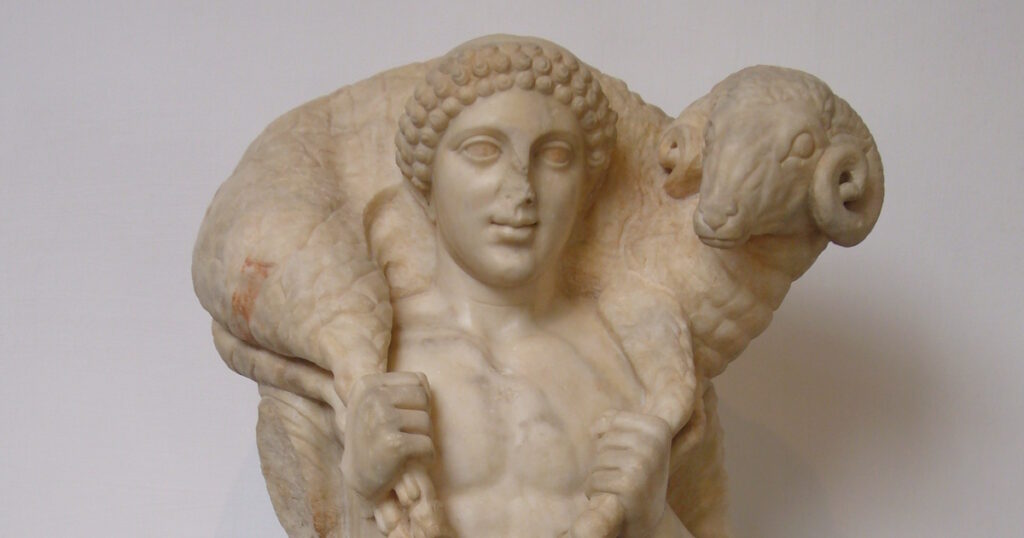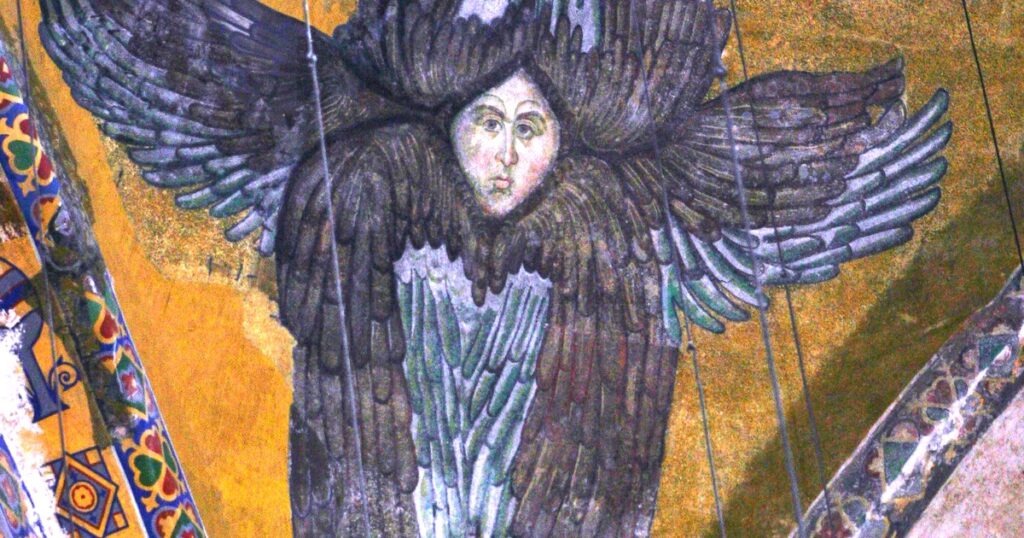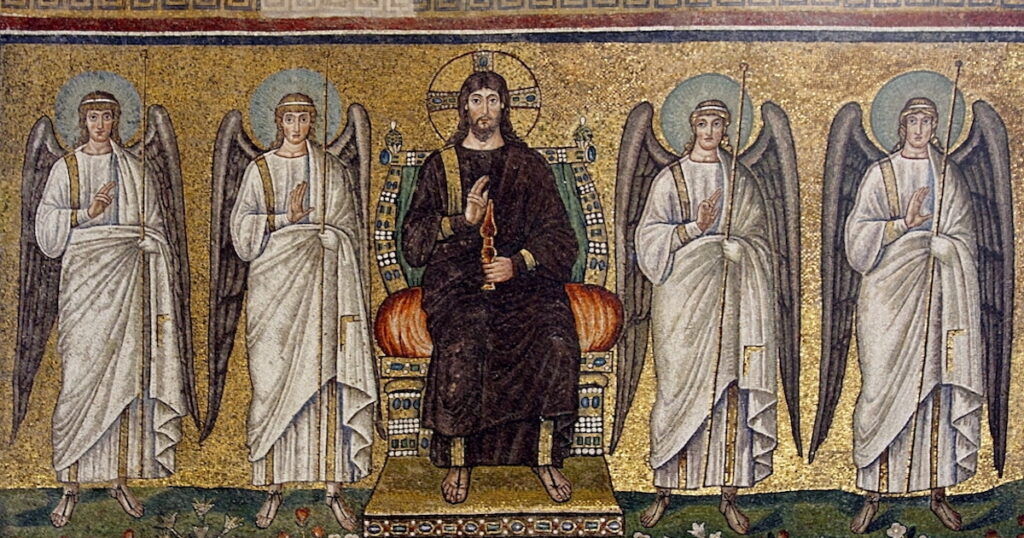Artwork and visual symbolism seen in a church building often make a confession long before parishioners hear what is confessed in the liturgy. Some of the symbolic meaning, however, may be lost to us. This is the sixth of nine articles devoted to those images which we often see — but may not always understand — in the sanctuary.
Jesus often spoke in parables to His followers. Knowing that man was sometimes slow to learn and often incapable of understanding His teaching, our Lord used mundane, familiar things to explain greater, divine realities. Word-pictures of seeds and birds and lost coins could be digested by even the simplest minds and serve as modest mental stepping-stones toward understanding the kingdom of Heaven.
Taking cues from our Lord, Christian artists have through the centuries attempted the same — though not always with as much success. Much of Christian symbolism handed down to us has survived simply because of tradition. Today, we might have a good hunch about what a particular symbol refers to, but sometimes the full panoply of symbols creates confusion. Periodical reviews of Christian symbols help us keep them aligned with our confessions.
The Dove
Images of birds, for example, often appear in Christian art, but a few of these symbols need some explaining. Perhaps the most recognizable avian symbol is that of the dove. In describing the scene at Jesus’ Baptism, Holy Scripture says the Spirit of God descended “like a dove” (John 1:32). Hence, the dove has long symbolized the Holy Spirit. To differentiate it from any other bird, the dove should be depicted with a tri-radiant nimbus behind its head, underscoring His divine nature and indivisibility from the Father and the Son.
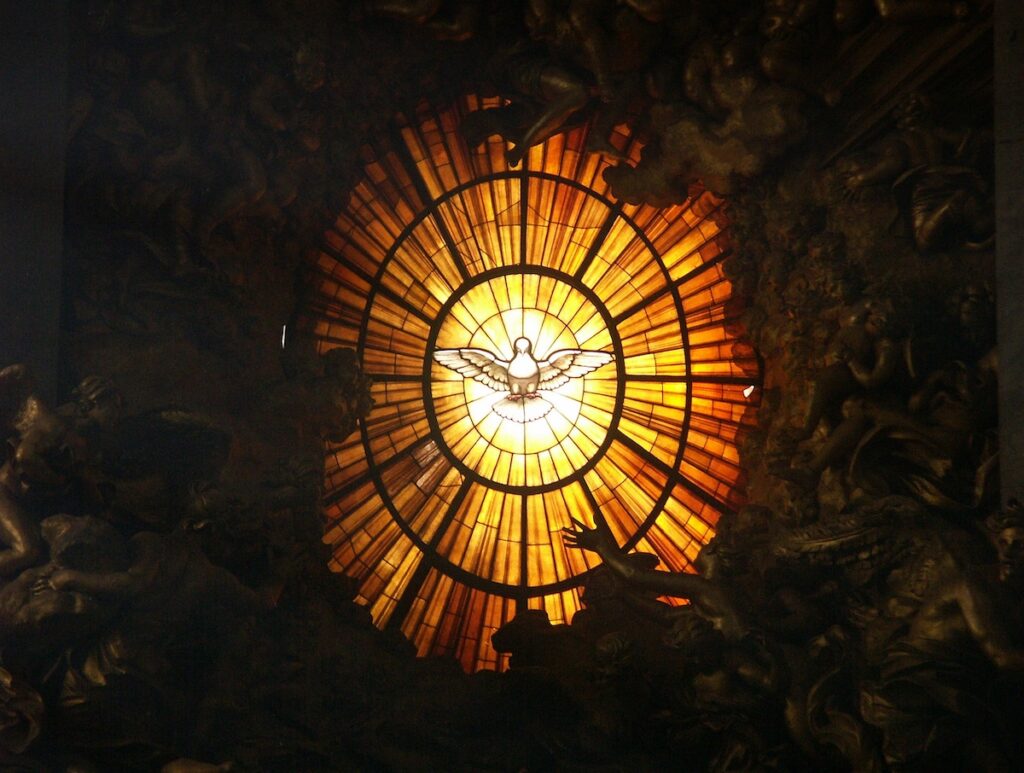
This symbol of the Holy Spirit may be shown in various positions but is normally shown descending. Occasionally, however, the dove may be portrayed alighting or even ascending. One famous image of the Holy Spirit ascending is in a stained-glass window designed by Gian Lorenzo Bernini for St. Peter’s Basilica in the Vatican. While it lacks a tri-radiant nimbus, the artist made it abundantly clear that the dove is divine.
The dove is also shown, at times, with seven flames or rays, denoting the seven gifts of the Spirit, or with nine, indicating the nine fruits of the Spirit. Most often these variations surface for the celebration of the feast of Pentecost.
Other avian imagery
A different dove sometimes makes an appearance in Christian art, confusing things. This dove refers to the great flood, and as such it should not have a tri-radiant nimbus. Most often this dove is depicted carrying an olive branch, a symbol for peace. Because there are, according to my count, 188 churches in The Lutheran Church—Missouri Synod (LCMS) alone bearing the name “Peace,” there is also a good chance that many use the symbol of a dove in their logo or signage or in some other identifying role.
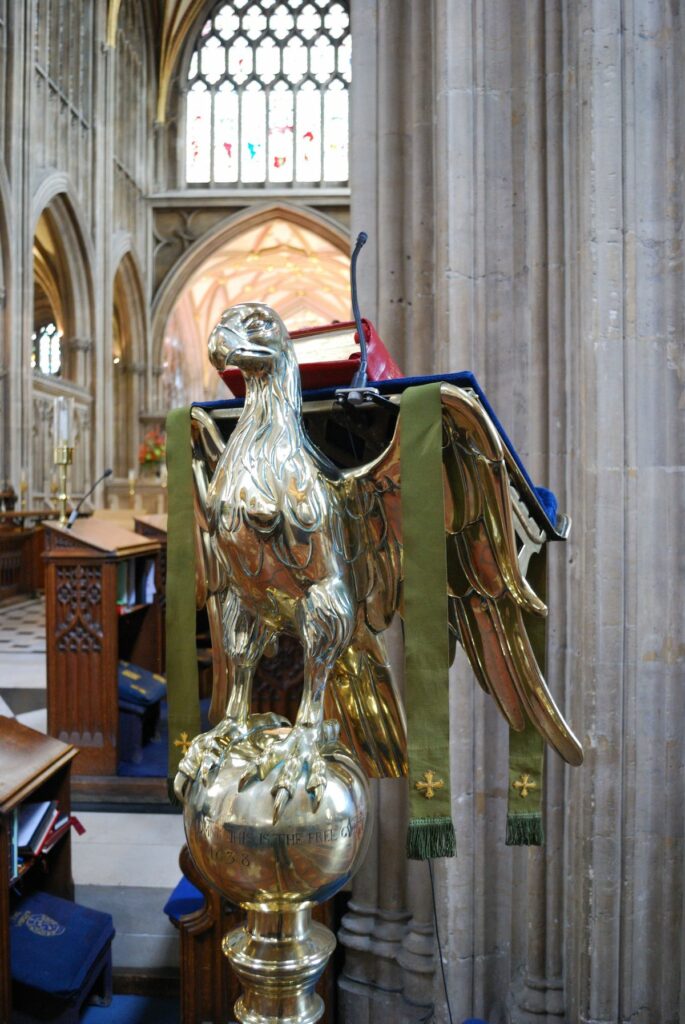
To prove that the creators of Christian symbols don’t always make the best ornithologists, one may refer to what has become known as “The Pelican in Her Piety.” This symbol for Christ’s sacrificial love for us can be found in many church windows and carvings throughout Christendom. In these images, a mother pelican presides over her nestlings and pierces her own breast so the brood may be fed. In theory, at least, this makes sense — but not so much in reality. The idea of a bird committing such a selfless act comes from medieval notions. In reality, a pelican will most likely abandon her young in such dire circumstances. Still, the symbol can be used to illustrate the Passion of our Lord, if only we ignore the glaring improbability of the analogy.
Other birds flock into the sanctuary, as well. Roosters remind us of our Peter-like penchant for denying our Lord when the chips are down. In some cases, they perch on the church steeples so the faithful can have an extra helping of humble pie before entering the sanctuary.
An eagle or two might also be spotted. Usually, the eagle is displayed with three other creatures — a winged man, a winged ox and a winged lion. In combination, the four are a reference to the Gospels.
On rare occasions, a large eagle may conspicuously occupy a lectern, as in the example from St. Mary Redcliffe in Bristol, England. Despite a decidedly federal impression, these are symbols of the Gospel of John and are usually seen in old Anglican churches. It is slightly odd that this particular Gospel is singled out for such a display, but it underscores what is conveyed in John’s Gospel: His inspired words soar to great heights in the first chapter. In fact, all of Holy Scripture does that.
Eagle images are also employed for specific use in the Eastern Orthodox Church in what are called “orlets” or bishop’s rugs. These are rugs embroidered with an orlet, or young eagle, that flies over a stylized city. They are reserved for bishops who stand on the rugs during the divine liturgy. They convey the same idea as the eagle lecterns and give further expression to the same soaring words of Holy Scripture upon which stands, not only the bishop, but the whole Christian church.
Figure 1: © Dnalor 01 / CC BY-SA 3.0. Access here.
Figure 2: © NotFromUtrecht / CC BY-SA 3.0. Access here.


